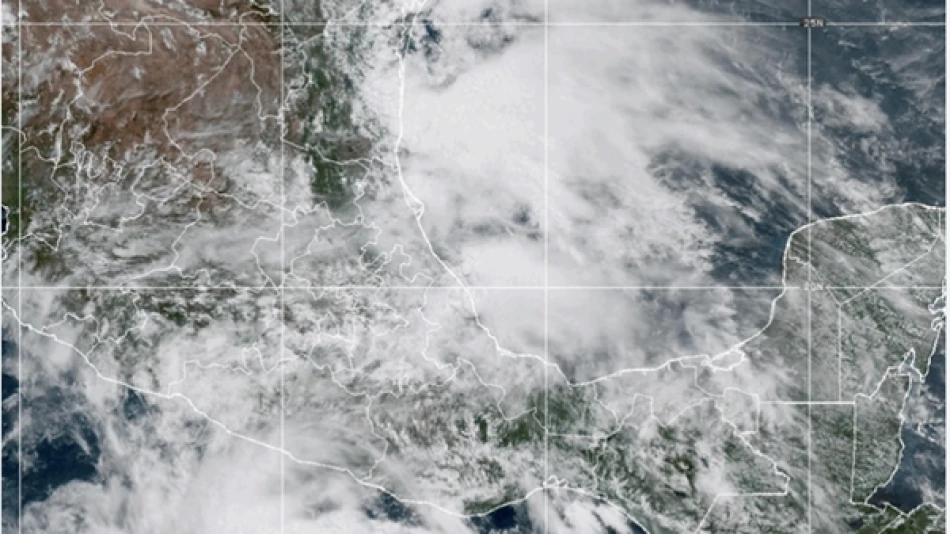
Tropical Storm 'Dexter' Emerges in the Atlantic, Raising Concerns for Coastal Regions
Tropical Storm Dexter Forms in Atlantic but Poses No Immediate Threat to US Coast
The fourth named storm of the 2025 Atlantic hurricane season emerged Sunday as Tropical Storm Dexter developed in the western Atlantic Ocean. While the storm's formation continues an active early season pattern, forecasters predict it will track safely away from the US mainland, remaining north of Bermuda as it moves through the region.
Storm Details and Current Trajectory
According to the National Hurricane Center in Miami, Dexter was moving in a northeasterly direction late Sunday with maximum sustained winds of 45 mph (72 km/h). The storm's projected path suggests it will curve away from populated areas, following a track that keeps it well offshore from the Eastern Seaboard.
The storm's current intensity places it at the lower end of tropical storm classification, which ranges from 39-73 mph sustained winds. While Dexter could strengthen slightly over the coming days, atmospheric conditions appear unfavorable for significant intensification.
Early Season Activity Raises Long-Term Concerns
Dexter's formation as the fourth named storm by mid-January signals an unusually active start to the 2025 hurricane season, which officially runs from June 1 through November 30. Historically, the Atlantic basin averages only one named storm by late August, making this early activity statistically remarkable.
Climate Patterns Behind the Activity
Several factors contribute to this accelerated storm development. Sea surface temperatures in the Atlantic remain above average following 2024's record-breaking ocean heat content. Additionally, a weakening La Niña pattern in the Pacific has reduced wind shear over the Atlantic, creating more favorable conditions for tropical development.
This combination mirrors conditions seen during hyperactive seasons like 2005 and 2020, both of which produced over 25 named storms and caused billions in damages across the Caribbean and US Gulf Coast.
Economic and Preparedness Implications
While Dexter itself poses minimal direct threat, its early formation carries broader implications for coastal economies and disaster preparedness agencies. Insurance markets, still recovering from recent years of catastrophic hurricane losses, are closely monitoring seasonal forecasts that suggest continued above-normal activity.
Reinsurance companies have already begun adjusting their exposure models based on early season trends, potentially affecting coverage costs for property owners in hurricane-prone regions from Florida to the Carolinas.
Emergency management officials across the Atlantic coast are using this early activity as a reminder for residents to review evacuation plans and emergency supplies, even as Dexter tracks harmlessly offshore. The storm serves as an early wake-up call that the 2025 season may demand heightened vigilance from both authorities and coastal communities.
 Layla Al Mansoori
Layla Al Mansoori







